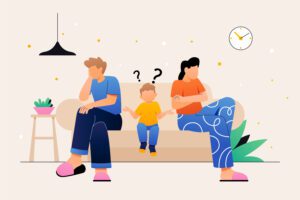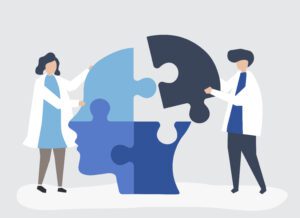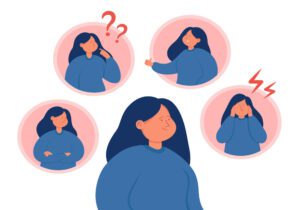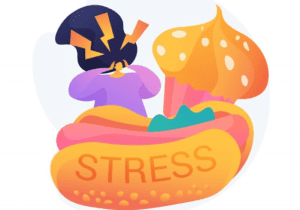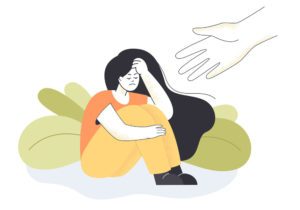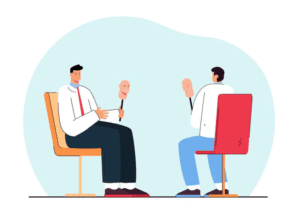What If ADHD Is a Cry for Connection?
This article has been researched and written by Hacer Subasi. AI has not been used in producing this article.
When parents encounter the diagnosis of Attention Deficit/Hyperactivity Disorder (ADHD), it is usually introduced as a neurodevelopmental disorder. The message is that the child’s brain carries an inborn dysfunction, often framed as genetically transmitted or chemically imbalanced. Yet such a framing risks overlooking one of the most fundamental insights of developmental psychology: the human brain is not fully completed in its development at birth. Rather, it continues to develop intensely in interaction with the caregiving environment.
The Sensitive Period of Life:
Researchers have shown that the first months and years of life represent a sensitive period of development. During this time, neural circuits are rapidly forming, pruning, and reorganizing. Crucially, the quality of early interactions — the caregiver’s ability to notice, respond, soothe, and attune — becomes a core organizer of the infant’s brain. The infant is not only fed and comforted but is neurologically shaped through these thousands of micro-interactions.
If these interactions are consistent and nurturing, the child develops core capacities such as emotion regulation, impulse control, and trust in others. But when they are disrupted, the developmental trajectory may shift. These disruptions are sometimes described as bonding breaks (Ladnier & Massanari, 2001) — moments in which the infant’s need for containment, comfort, or repair is not adequately met. Bonding breaks can occur for many reasons: maternal depression, premature birth requiring separation, overwhelming stress in the family system, or subtle misattunements that go unrepaired.
From Bonding Breaks to Symptoms:
When bonding breaks accumulate, the infant may become chronically overstimulated without being sufficiently soothed. In other words, what is clinically labeled as ADHD may, in fact, function as a non-verbal cry for help — an embodied attempt to restore regulation in the absence of words. This conceptualization does not deny the seriousness of the behaviors, but it reframes them: rather than “deficits ” to be corrected, they are communications to be understood.
Implications for Parenting:
This attachment-based reading carries significant implications for how parents approach their child. Instead of focusing only on behavioral control or on pharmacological solutions, caregivers are invited to consider what the behavior means in relational terms. The question shifts from “How do I stop this behavior?” to “What does this behavior reveal about my child’s early experiences of safety and connection?”
In practice, this means recognizing that the child’s struggle with attention or self-control may not be defiance but an echo of unmet needs during the sensitive period of life. Approaches that emphasize repairing relationship — consistent emotional availability, empathic listening, predictable caregiving routines, and therapeutic interventions such as family or play therapy — offer pathways to healing that go beyond symptom suppression.
Reading ADHD through the lens of attachment challenges the dominant view of the condition as a purely neurodevelopmental disorder. It suggests that what we often interpret as “inattention ” or “hyperactivity ” may, at root, be manifestations of attachment deficits shaped during the earliest phases of brain development. For parents, this perspective is not meant to assign blame but to open a space of possibility: if ADHD behaviors are also relational signals, then they can be met with relational repair.
In this sense, ADHD is not only a label but a mirror reflecting the profound influence of early caregiving on the developing brain. To see it this way is to see the child not simply as disordered, but as reaching — persistently, sometimes desperately — for connection.
How to Help Your Child with Anxiety Through Divorce
Divorce is a significant change that affects every member of a family. For children, the uncertainty and adjustments …
Depression vs Sadness: Understanding the Difference
While often used interchangeably, the terms “sadness” and “depression” represent distinct emotional states, each with …
5 Simple Mental Health Practices for Your Everyday Life: Nurturing Your Body & Mind
In today’s fast-paced world, it’s becoming increasingly evident that we need to place our mental health at the forefront
Ways to Reduce Anxiety in 2024
As we say farewell to 2022 and usher in the New Year, we look towards the future. With New Year’s resolutions on the docket, many of us are striving to achieve a calm life …
Navigating Compassion Fatigue in the Digital Age: A Call to Prioritize Mental Well-Being
Amid the constant stream of information and images that flood our screens, the toll on our mental well-being can be …
The Link Between Anxiety and Overeating
All of us have encountered moments of stress and unease throughout our lives. These feelings of anxiety not only bring…
10 Steps To Fix A Toxic Relationship
Every relationship has its fair share of ups and downs, but when toxicity creeps in, it can become a serious challenge. Toxic relationships can be emotionally draining and detrimental to our overall …
Exploring the Benefits of EMDR Therapy for Anxiety and Depression
Anxiety and depression are two of the most common mental health disorders worldwide, affecting millions of people every year. While traditional talk therapy and medication can be …
Health Effects of Untreated Depression
It’s very common to feel sadness at one point or another in our life. Depending on your specific circumstances, you may even feel …
Psychologists vs. Psychiatrists – What’s the Difference?
Clients shouldn’t have to jump through hoops to understand who the perfect candidate is for treating their emotional and/or behavioral struggles. Yet, understanding the type of provider you should see during …

